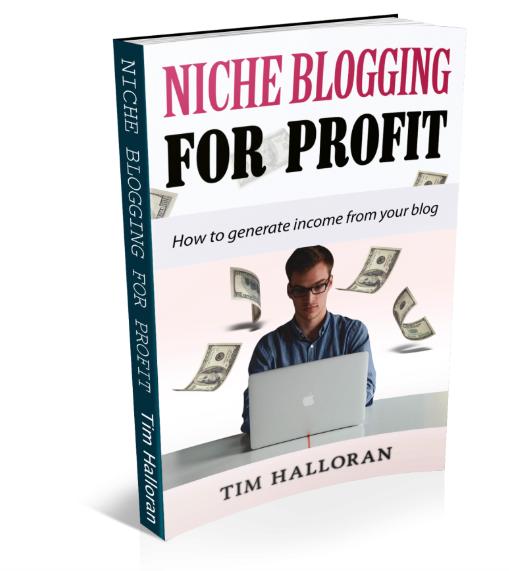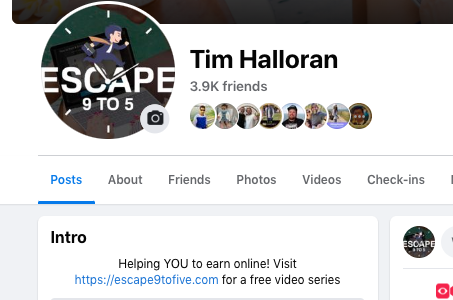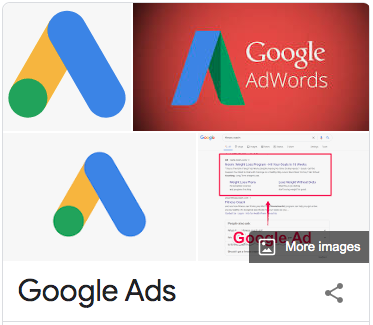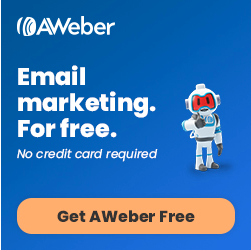So you’ve joined an affiliate program and now you’re wondering how to promote affiliate links? Joining a program and grabbing your affiliate link is the easy part of affiliate marketing. Promoting those links successfully is much more difficult. There’s many ways in which you can promote your links. Here’s just a few of them:
- Blogging – Build a website (like this one for example) and create a lot of written content on it to attract an audience. Link to products on banners on your site and throughout your text.
- YouTube – many YouTuber’s are affiliates and they either build a channel over time and get traffic organically or pay for advertising to get people to click on their links. Link to affiliate products in your video description.
- PPC – One of the most popular ways to get people to click on your links is pay per click advertising. You only pay when someone clicks on your advert. By creating an ad carefully, you can make sure those people are going to be likely buyers.
- Social Media – Many affiliates post their links in their social media bio and also link to content in their feeds. My bio has links to my affiliate websites in all of my social media platforms.
- Email marketing – is one of the best ways in which you can promote affiliate links. You can get a free autoresponder here and use it to collect emails from social media or from a blog/channel.

How To Promote Affiliate Links – Strategy
But these are all tactics – specific ways in which you can place your links to get people to click on them. As affiliate marketers we also need a strategy! A strategy is different to a tactic because tactics are simply methods of doing something, whereas a strategy is a broader overview. Blogging, for example is a tactic for attracting an audience who you can sell your affiliate products to. But without a blogging strategy, you can easily become discouraged when your products aren’t selling. You can spend months blogging without achieving any sales and this can be discouraging. But if you have a good strategy, success can come a lot quicker.

A good strategy for a blogger is to choose a topic you are interested in and build a niche website to attract a specific type of person. Your target audience is an important thing to understand as an affiliate. Without a clear idea of who it is you’re selling to, it’s going to be very difficult to make those sales. Once you have identified who you are selling to, you can choose a tactic and build a long term strategy for implementing your marketing tactic. To decide on your audience you need to define your customer avatar.
How To Promote Affiliate Links – Social Media
The many social media channels offer a cheap way to promote affiliate links. You can put your link in your bio and set up your profile with a clear call to action. But how many people see it? Probably not many. You also need a strategy for attracting your target audience. Without a strategy, your bio link won’t get many clicks, especially if it’s a long, messy affiliate link. You can quickly shorten a link like this with a link shortener:
- Bitly.com
- Tinyurl.com
- Sniply.io
- Rebrandly.com
- Yorelinks.com/
Link shorteners are a good idea for a couple of reasons. Firstly they make a long messy affiliate link which looks like this: https://79a24dnc-1d-ds8fm8o3l3wu2h.hop.clickbank.net, into a shorter, more attractive link which looks like this: https://tinyurl.com/49aefe6s.
This is still messy and unattractive though and it’s a good idea to build your own website or buy a domain name which is branded appropriately to your product. For example, my link above is for a fat burning blueprint product on Clickbank. But I could easily buy a domain name (such as easyweightlo55.com) or something and forward my messy link to it. A domain name is much more profession, appealing and immediately tells your visitor what the site is about. See unpaid social media marketing for specific ways to market your link on social media.
Social Media Attracting An Audience
The hardest part of getting people to click on your links is in the attraction of an audience. Pasting links on social media is easy, getting targeted buyers to click on it is another story altogether!
Ideally make a clear call to action on your profile and give your visitors a reason to click – such as offering a free giveaway in exchange for their email address.

Once you have set up your profile with a clear call to action to your link, you can go about building an audience. One way of doing this on Facebook is to join groups where your target audience might be hanging out. So if you’re product is a health related one, you might find groups which discuss a similar topic. Join those groups and start interacting with other members. Make a daily habit out of this and persevere with it for several months.
Over time, people will find your Facebook profile and see your offer.
Paid Marketing (PPC – Pay Per Click Advertising)
The fastest way to attract an audience is with paid ads. Facebook lets you set up an advert and show it to an audience of your choosing. Google Adwords is another platform where you can target adverts towards a specific audience. Most of these platforms will not want you linking directly to affiliate products from an advert.

If it’s not allowed, you’ll need to create a website of your own to act as a go-between, in between the advertising platform and the affiliate product. A website like this is often called an authority site because it shows your authority in the area of your chosen topic.
Building an authority site doesn’t have to take very long, if you’re going to be running paid advertising to it and promoting your products from the site. But it’s a good tactic to give something away on your site because you’ll then be able to collect visitors email information and follow up with an email marketing campaign.
Why Use Email Marketing?
If you’re using paid traffic, it’s always good policy to send that traffic to a landing page and not just a normal website. Why use landing pages? A landing page is a page designed specifically with the intention of collecting your visitor’s email address. Whereas on a website, a person can browse around, click on your pages and generally have a look; on a landing page they only have two options. They can either sign up or leave.

With paid traffic you want to collect email subscribers so that you can build a relationship with them over the longer term, through sending email messages. On a website, most people are gone within a few minutes, often only seconds. So it’s wasteful to pay to send people to a website, where they probably won’t buy immediately through your affiliate link.
In fact most people will need several touch points with a product before they buy. This is why email marketing is so effective. With email marketing, the time period with which someone makes a buying decision is vastly extended. People can buy from you from an email list even months or years after they sign up!
Why Customer Avatar Is So Important
Before you start with any promotion method, tactic or strategy, it’s vital you know who your audience is. If you’re promoting a fitness product, such as a weight loss plan for example, you need to understand who will want it and where they are online.

The better you can understand your perfect customer, the better you can target them with your content/adverts and the better you can communicate to their needs, wants and desires through your marketing. Without having done this work, you’re effectively trying to sell to everyone without a marketing strategy or plan. This simply doesn’t work no matter how much you try and how many times you paste your affiliate link everywhere online! Try to sell to everyone and you sell to no one!
It’s easy to forget that the internet places you in connection with a global audience, most of whom don’t care a jot about your affiliate product. But a small segment of the people online will value what you’re selling. If you can place a desirable offer in front of those people, you’ll be a more effective affiliate than if you simply spam your link to everyone! See also customer avatar worksheet pdf.
Traditional Forms Of Advertising & Tracking
Let’s not forget the traditional forms of advertising too. You can easily place a banner on your wall, promoting your website. Newspapers, magazines, billboards and flyers are traditional marketing methods. As an affiliate marketer you can do anything you want to attract your target audience to your affiliate link.
With traditional advertising of course nobody can click on an affiliate link on a physical banner. But you can send them to your website, if they remember the name of it! So short website names are better for traditional advertising such as a banner alongside a motorway, for example. This website wouldn’t be a good one for a motorway banner!
Whatever you do, it’s worth tracking everything so you know which adverts and campaigns are bringing in customers and which aren’t working.
This is done through tracking and you can create unique landing pages for each campaign so you can filter them out when you build up some data. Or use a tracking code at the end of your website url.
How To Promote Affiliate Links With Blogging
Blogging is a great strategy if you can find a topic you love writing about. You can attract organic traffic which is completely free too. This is done by identifying a niche you’re comfortable creating a lot of content in, and making blogging a daily habit for (ideally) several months at least.
To get free traffic can be quite tricky, according to the competitiveness of your chosen topic. But a clever way to get found more in the search engine results pages (SERPS) is to target long tail keywords with low SEO difficulty.
Shorter tail keyword phrases are usually very difficult to rank on Google (and others) for. So instead look for the longer three or more word phrases which relate to your niche. You can find these using Google’s free keyword research tool the keyword planner.
